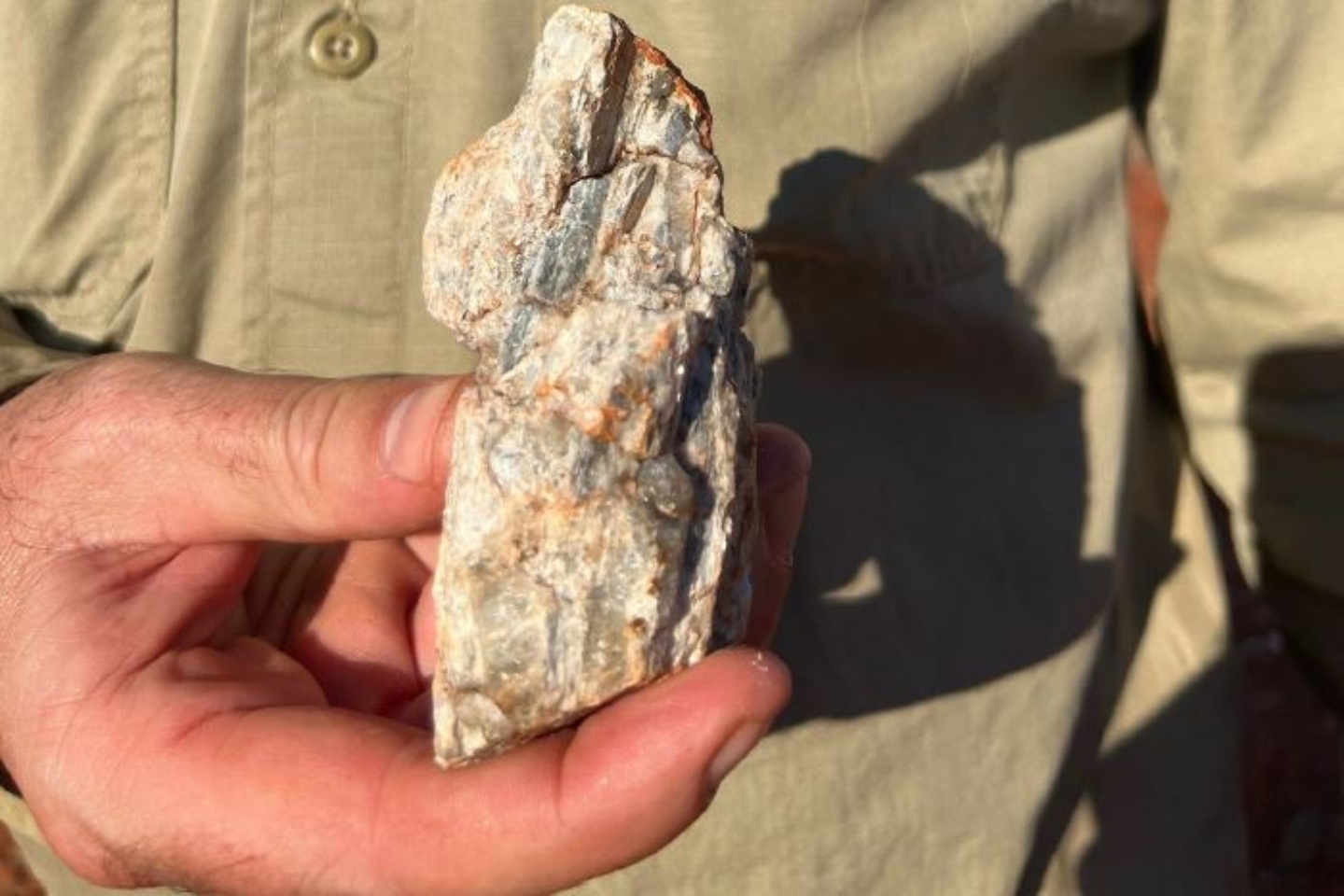Kairos Minerals has nailed a suite of high-grade lithium hits at its Mt York project in WA’s Pilbara region after hyperspectral and X-ray diffraction analysis on rock samples from the operation’s pegmatites. The results ran up to 1.91 per cent lithium oxide and were found a mere 4km from Pilbara Minerals’ revered Pilgangoora operation.

Kairos Minerals has nailed a suite of high-grade lithium hits at its Mt York project in WA’s Pilbara region after hyperspectral and X-ray diffraction analysis on rock samples from the operation’s pegmatites.
The results ran up to 1.91 per cent lithium oxide and were scooped a mere 4km from Pilbara Minerals’ revered Pilgangoora venture known to many as the world’s largest independent hard rock lithium operation.
Other notable scores from the campaign include a specimen running 1.56 per cent lithium oxide along with a splash of anomalous rubidium, caesium, beryllium and tantalum mineralisation speckled across each of the five samples bagged.
The company is now eyeing a September RC program to drill test the spodumene-bearing pegmatites at the Lucky Sump prospect where the samples were acquired.
Management believes the pegmatites could be part of a larger dyke swarm at the operation — geological structures that play an integral role in generating world-class mineralisation.
According to Kairos, the interpretated dyke swarm does not appear to outcrop at the surface, giving rise to the idea of a drill to determine the pegmatite’s positions and boundaries.
The campaign could see the company plunge an initial 2000m.
Kairos Minerals’ Managing Director, Peter Turner said: “In light of these exceptional results, we plan to expedite planning to drill all of Lucky Sump. We intend to test the entire interpreted pegmatite dyke swarm, which is under cover, with the first RC drilling anticipated in September.”
“We are in a tier 1 destination for spodumene pegmatite projects with two world-class Li-Ta deposits in the neighbourhood and we have demonstrated that we have the right fertile geology for significant Lithium-Caesium-Tantalum pegmatite discoveries.”
Kairos’ flagship Mt York project was initially developed as a precious metal-focused venture, boasting a mineral resource estimate of 17.2 million tonnes at 1.26 grams per tonne for 697,700 ounces gold.
However, that all changed a few weeks ago when routine earth-moving activities at the operation led to the discovery of spodumene-bearing pegmatites.
Given the chance find, the prospect was appropriately dubbed Lucky Sump.
The breakthrough appears to have added another string to the mineral explorer’s bow.
It now shares a postcode with Pilgangoora, one of the world’s biggest hard rock lithium deposits.
About a year ago, Pilbara Minerals scrubbed up its proven and probable ore reserve base at Pilgangoora to 162 million tonnes, at 1.2 per cent lithium oxide, 100 parts per million tantalum pentoxide and 1.0 per cent ferric oxide.
With lithium and gold both expected to command a relatively stable demand over the years to come, Kairos Minerals could find itself with a highly lucrative operation at Mt York. Given the operation is within earshot of Pilgangoora and has already thrown up high-grade lithium, the early signs look good.
Is your ASX-listed company doing something interesting? Contact: matt.birney@businessnews.com.au















